Updates 2023/Q4
Project updates from the previous consecutive three-month period, with info on the current status of my projects and next steps. You might find this interesting in case you’re using any of my open source tools.
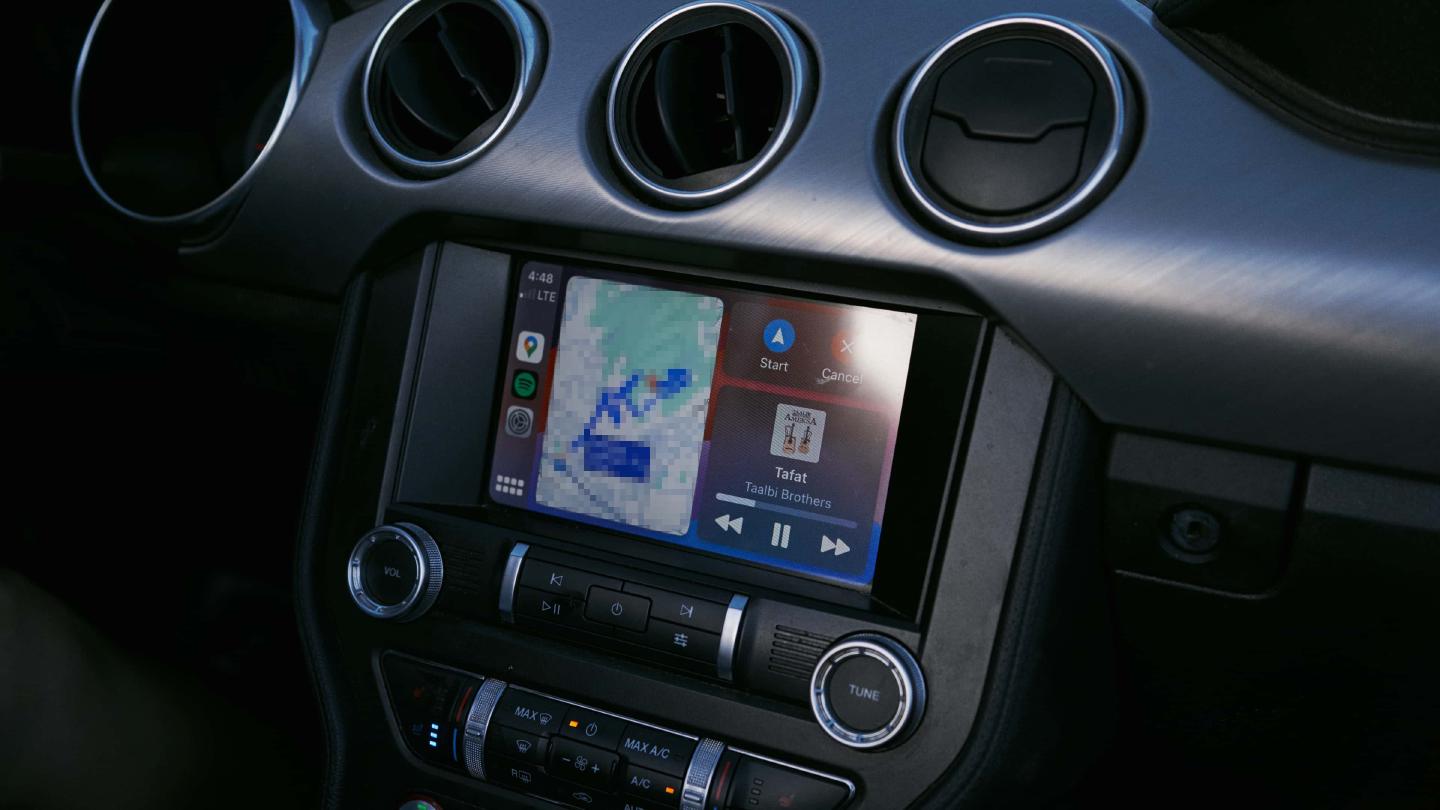
The fourth quarter includes a mix of personal and open source project updates.
Personal things
Out with the old, in with the new! I am back in what I have called home for the past couple of years, from a much needed time-out and trip across multiple timezones. I took some time off to take care of a handful of personal things and decelerate from what has been the mixed bag that was 2023 – hence the somewhat unusually delayed status update. The fourth quarter of 2023 has been exactly that and an overall great experience, from which I’d like to share a few things in this post. If you came here for purely project updates and are not interested in life updates, travel, coffee and anecdotes this post unfortunately is not for you.
I prepared my luggage and took off in Q4 to visit some places and people, to tie up some lose ends, and to get a few personal things sorted out along the way. The whole trip consisted of several flights and a road trip across three countries and several thousands of kilometers of roads – and it was a huge success! Not only did I get to visit a couple of places that I haven’t been to in years, I also got to experience awesome food and coffee.
Speaking about coffee, I upgraded my coffee equipment along the way with the new Comandante C40 Mk4 grinder, as well as the 9Barista espresso maker – two items that I’ve been looking forward to for a very long time. In addition, I also got myself a (more or less) portable steamer to add some nice #latteart to my coffee. I have updated the coffee page and included a brief preparation guide for the 9Barista, as well as photos of all the new items, and updates regarding my previous espresso maker, the Aram. With this new equipment I’m able to prepare the dozens of bags of beans that I brought with me from all the different cafés and roasteries that I visited.
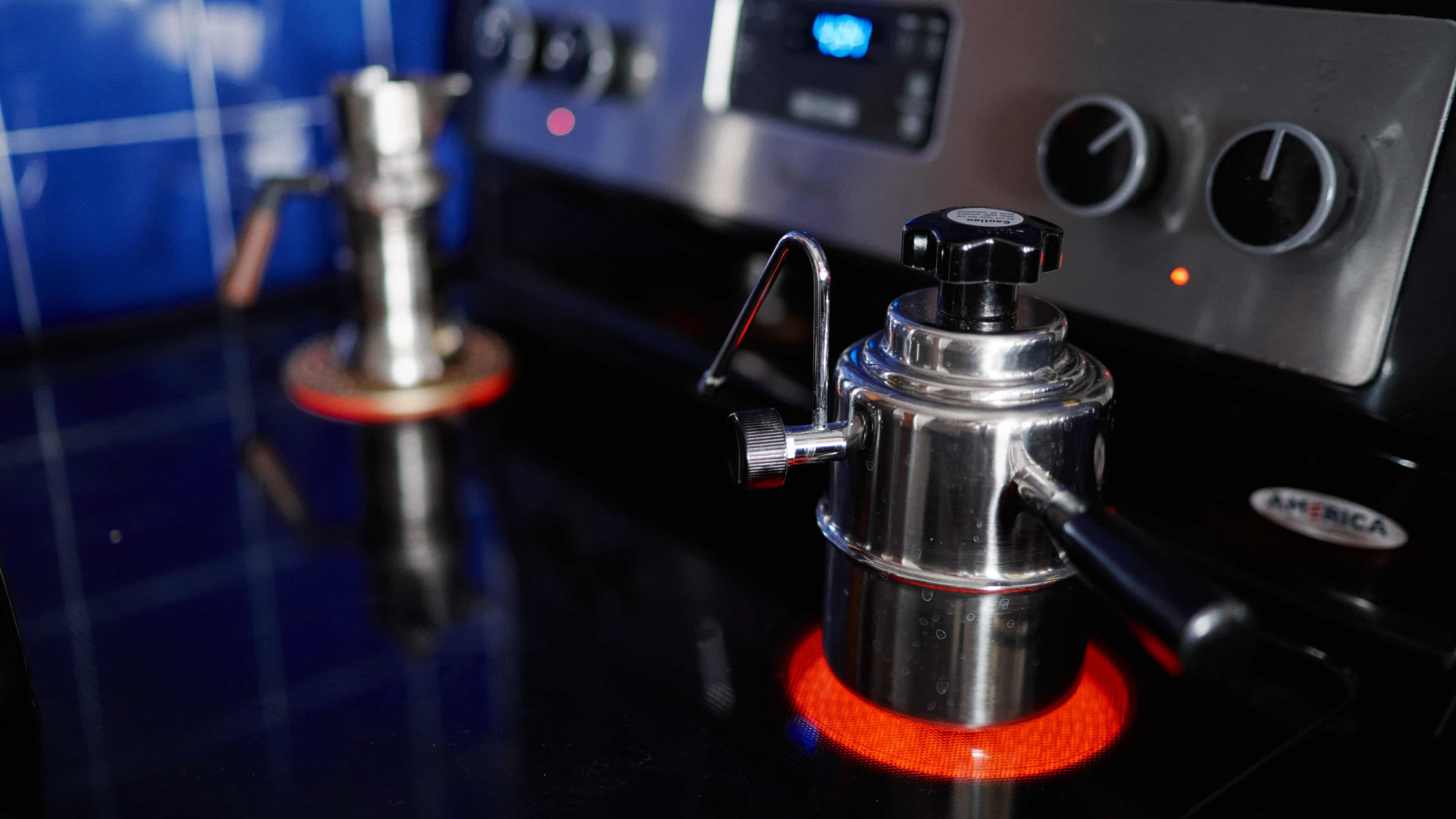
A big lesson learned came in terms of my digital equipment. Since the primary focus of my trip was to enjoy being offline, yet I didn’t want to miss out on my goal of committing at least one line of code per day, I brought the MacBook with me. Taking a computer with me had the advantage of being able to backup the photos I took with my camera and phone, so I wouldn’t worry about losing either device.
The MacBook however weights nearly 1.9kg on its own, let alone the Sony Alpha with its relatively big glass, that accounted for another 1.4kg. In addition, I took an Anker A1336 20Ah power bank – another 700g – with me, mainly because the MacBook battery is pretty much dead and has been requesting service for over a year now. And while battery replacement is possible, it seems to be an annoyingly lengthy process. I might give it a try at some point when the battery would start to swell, but until then I’d rather not invest more time and money into an ecosystem I’m barely using anymore anyway.
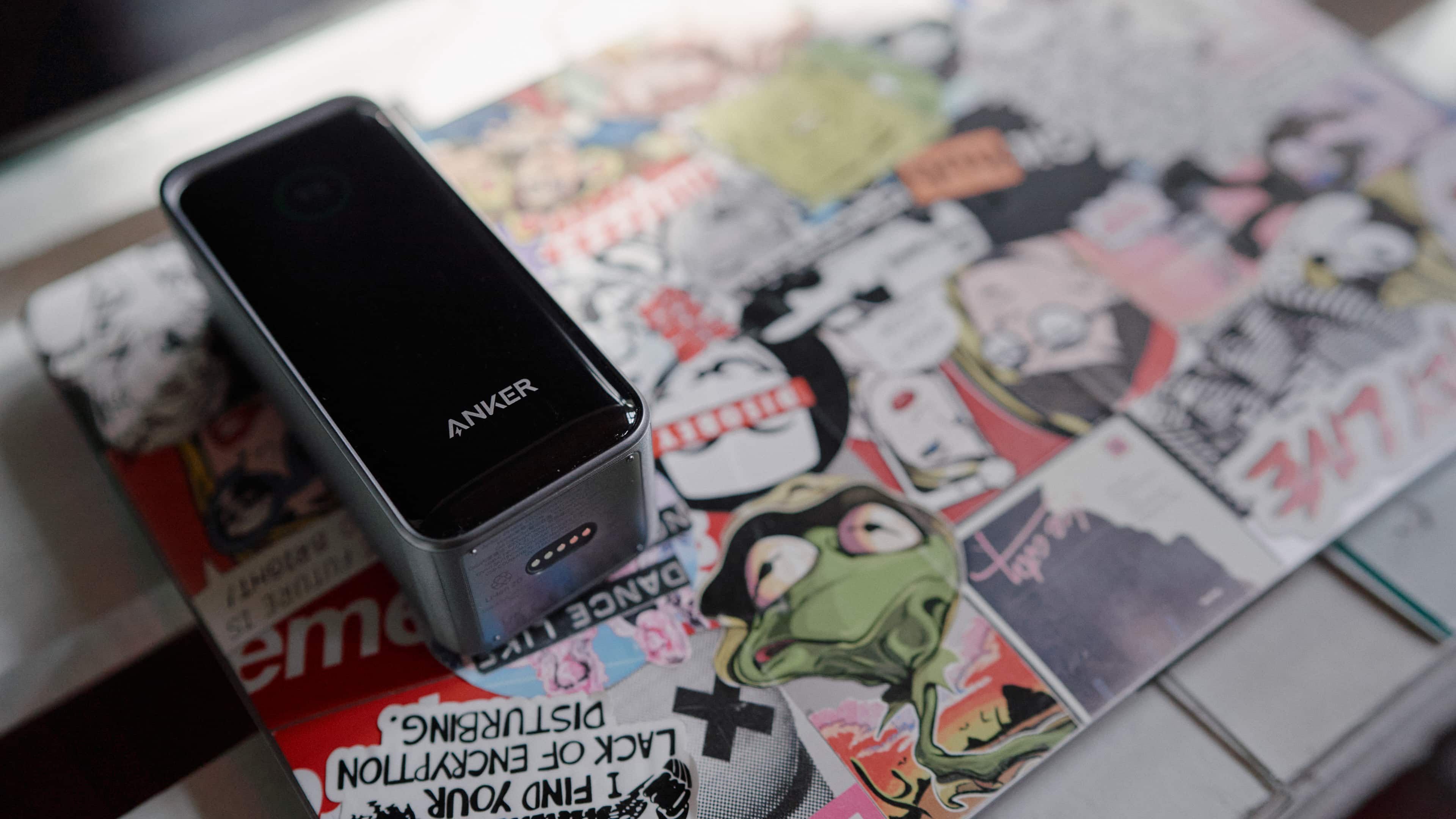
Anyway, with 4kg for just a laptop (with reasonable battery life, a.k.a., an additional power bank), and a camera, I came to realize that I definitely need to optimize my personal infrastructure in regard of the devices I carry around. I’m hence looking forward to do a big overhaul in 2024, and have already started decommissioning my workstation and began getting rid of every replacement part that I had in storage. I will be replacing the workstation, as well as the MacBook with Star Labs’ 14" StarBook Mk VI Ryzen – at least until the second or third revision of their 16" StarFighter Ryzen will become available eventually.
Back in 2020 I wrote how I would try to replace my primary workstation – the MacBook – with a custom-built SFFPC that would be as compact and lightweight as possible, in order to be able to travel with it as checked luggage. However, throughout the pandemic air travel has changed and became even worse than it was before, rendering this idea an unbearable hassle. Especially since many airlines have lowered carry-on weight limits post pandemic, and on the other hand raised prices on checked luggage, it’s becoming increasingly important to travel minimal and lightweight. At least until I finally got that pirate ship of mine – a man can dream, can’t he?
As much as I love my workstation, lugging around roughly 10kg alone for the computer, a portable monitor and input devices has become an unrealistic undertaking, especially with more spontaneous travel plans lining up. I considered scaling down the workstation, e.g. by replacing its current Arctic Freezer AIO water cooler with a Noctua Chromax air cooler, removing the XTIA width-extension, the additional cooling fans, and maybe also replacing the dedicated GPU for a newer Ryzen APU. But even with all these changes the device would ultimately still weigh too much for carry-on luggage, let alone that these changes would likely hamper the performance benefits, that I’m enjoying with the workstation, significantly.

The StarBook is hence not only going to replace the heavy 2018
MacBook once and for all; It will also make my current
workstation more of a fallback option for when I truly need the
performance. The workstation will continue to serve as distcc server, to
support the StarBook with emerge-ing Gentoo packages for at least the
installation phase. And while I’m very much looking forward to having a portable
Gentoo device, I’m not at all looking forward to the keyboard that comes with
it. Luckily, I have the relatively lightweight RAMA KARA that I can
take with me on travels in order to have a proper keyboard available.
Wait, wait, wait! Why no Framework laptop!?!, I hear you wondering. Frankly speaking, because I’m not fully convinced yet. The build, especially the screen, appears to be a bit too flimsy so far, with seemingly lots of screen wobble going on. Speaking of which, the 3:2 aspect for a screen in a portable device seems odd these days. I get the 11% more visible area argument, yet trying to find suitable places to cram in the laptop could be challenging. 13" sleeves are unlikely to fit.
Aesthetically I don’t like silver-colored devices in general, but more importantly I’m also not a big fan of Framework’s current chassis aesthetics. For some reason especially the bottom reminds me of Tesla’s Cybertruck.
As for their main argument, upgradeability, I’m still on the fence to see an actual ecosystem of independent part vendors come to life, especially since Framework themselves don’t seem to have plans (yet) to offer more niche parts for their devices:
Hi,
Thank you for showing interest in Framework Laptops. We understand that you would like to see a Framework Laptop 16 with an HHKB keyboard layout.
For now, this is not available. While we cannot promise or speculate on the possibility of including this in future iterations of our product, we appreciate your question and will pass this along to the appropriate department.
For more about our plans & products, please sign up for our newsletter: https://frame.work/blog/category/news
Please feel free to reach out if you still have questions about this inquiry. We’re here to help.
Thank you for reaching Framework support. Have a great day!
Regards,
Framework Support
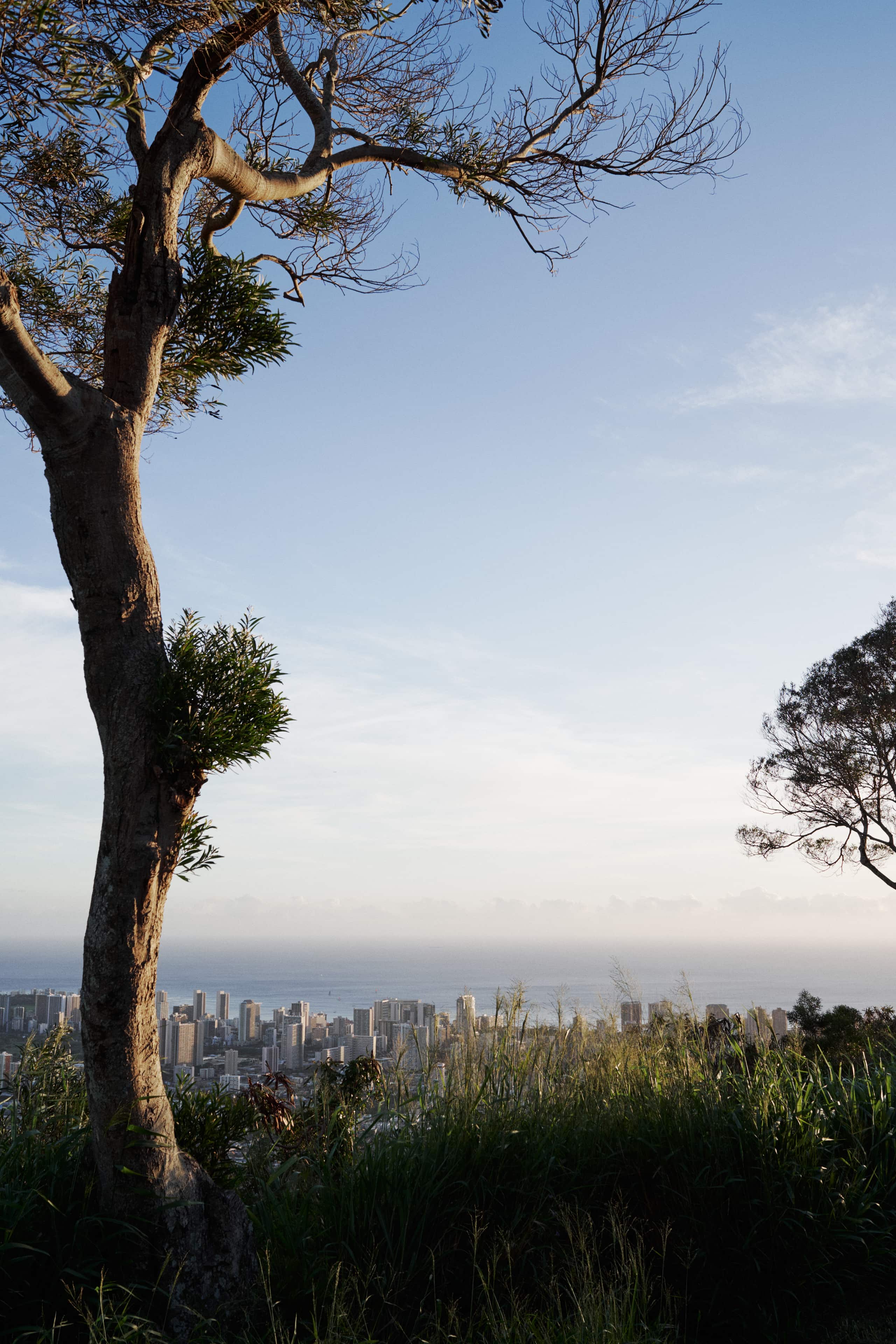
However, I’m already in the midst of sorting out local files and moving everything important onto the ultra-portable data center, from which I will have the files synced between all devices via Syncthing.
Speaking of the UPDC, it also received a major update. I took some time to migrate from the custom built nixOS NAS system to a TrueNAS SCALE installation, that allows for easier administration and use of the NAS. Unlike the original TrueNAS – which is now dubbed TrueNAS CORE – that was based on FreeBSD, the SCALE edition is based on a Debian Linux running OpenZFS, GlusterFS, KVM and Kubernetes. And unlike CORE, SCALE makes it fairly effortless to run additional software like Syncthing, and seems to be the way forward for the TrueNAS project.
Having that said, I’m still looking for more lightweight alternatives to the current build. I might soon replace the NZXT AIO with a lighter and more compact air cooler, and might redo the exterior case, or find a completely different platform that would support four 2.5" HDDs. The moment 4TB SSDs become affordable I will replace the four 4TB spinning drives as well, given that I still use HDDs for long term backups of the NAS.
As for the camera, I’m still looking into ways to get similar results in a package that is significantly lighter than my current setup. While the α7 III body is relatively lightweight, the 35mm f/1.4 glass unfortunately is not. Apart from upgrading the body to a Sony α7c II, which would save me roughly 180g, there’s little alternative to the Sony Zeiss lens that I’m using. Everything faster than f/1.8 appears to be equally bulky and heavy – with the exception of Leica’s Noctilux lenses, which, err, well… 💸
Long story short, unless I’d be willing to downgrade the full-frame sensor to an
APS-C or Micro 4/3 it doesn’t seem to be a lot of room for optimization in that
regard. However, I’ve seen some impressive results using for example the
Fujifilm X-E4 with their 35mm f/1.4 lens – a package that would net 100g less
than my current Sony α7 III body (with battery) alone.
In case you have experience in this regard I’d be happy to hear your
recommendations!
In other news, I have updated various pages on this site to reflect recent changes and updates to my equipment. I hope you enjoy the additional information and continue to find value in the things I’m posting. I have a couple of new technical write-ups in the making that I’m looking to release over the coming weeks and months. Stay tuned!
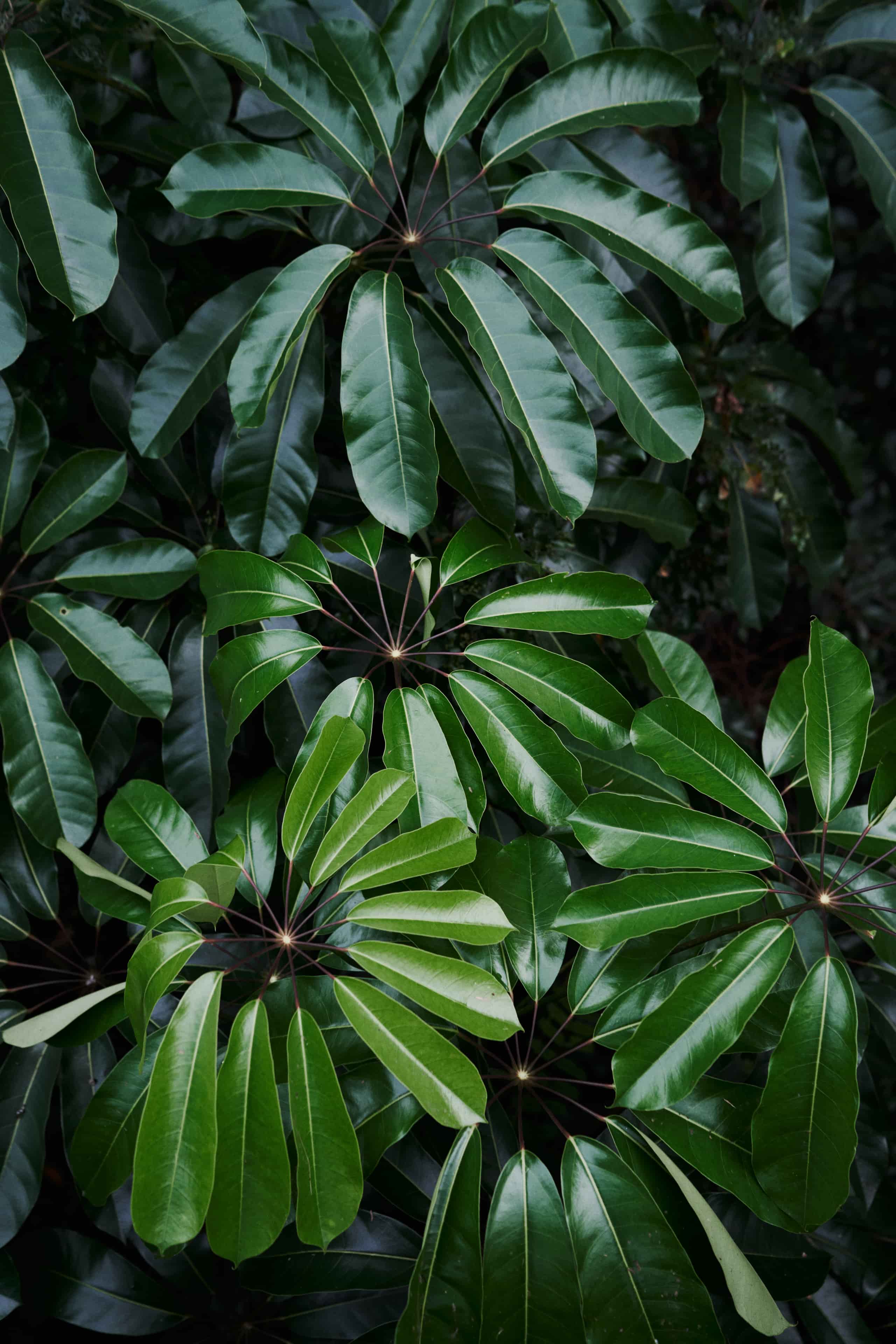
Open source projects
I didn’t have much time on my hands to pursue my open source projects. Many repositories have however received at least dependency upgrades/security fixes. Nevertheless, the community advanced on some topics, which I will highlight down below.
Neon Modem Overdrive
On neonmodem the Lemmy library was updated to a newer
version and Tyler fixed every breaking change that came with the upgrade –
thanks for that!
In addition, Neon Modem was added to NetBSD by pin and its
README.md was updated with the info on how to install it. If you’re on NetBSD,
you can now simply pkgin install neonmodem – thanks for that as well!
That’s it for now. Have a great 2024 everyone!

Enjoyed this? Support me via Monero, Bitcoin, Lightning, or Ethereum! More info.